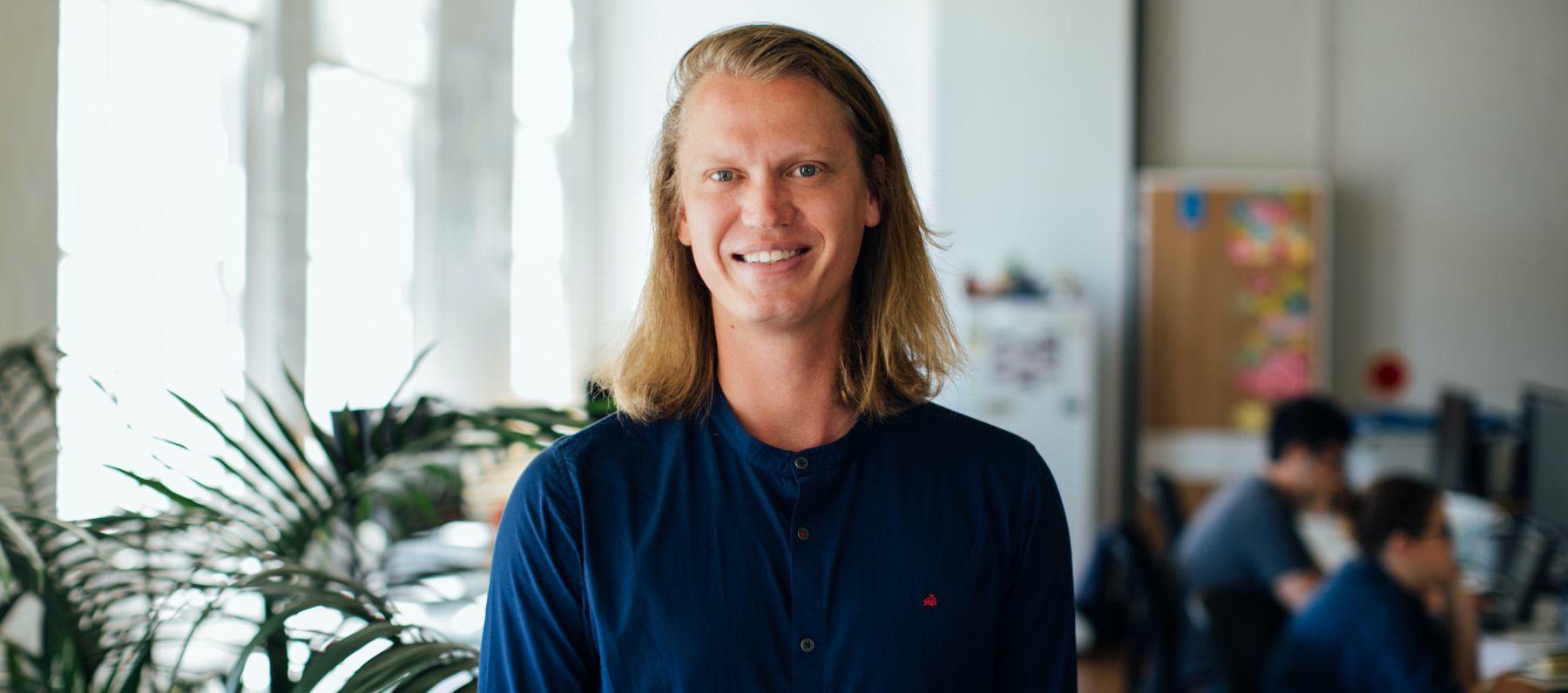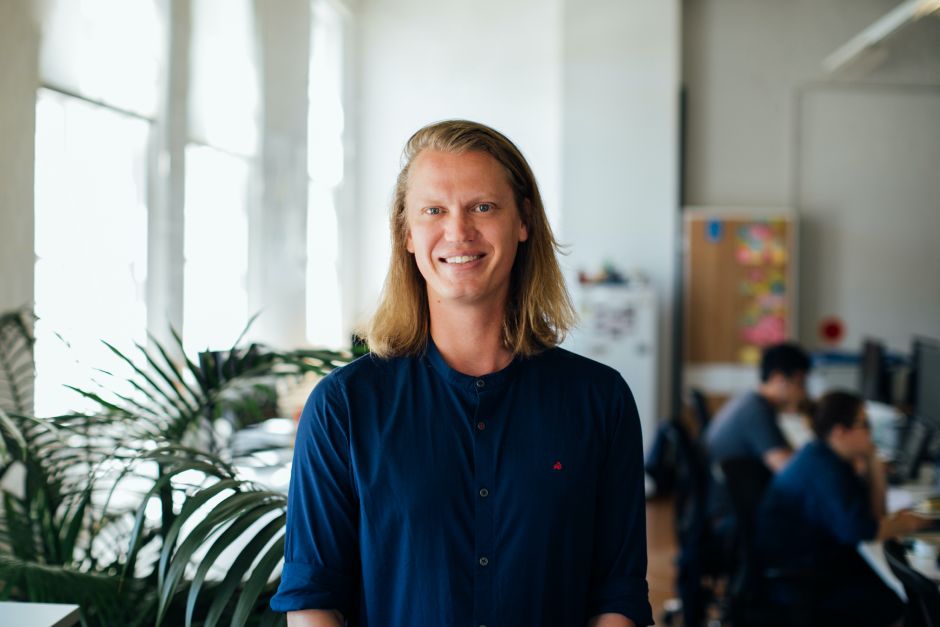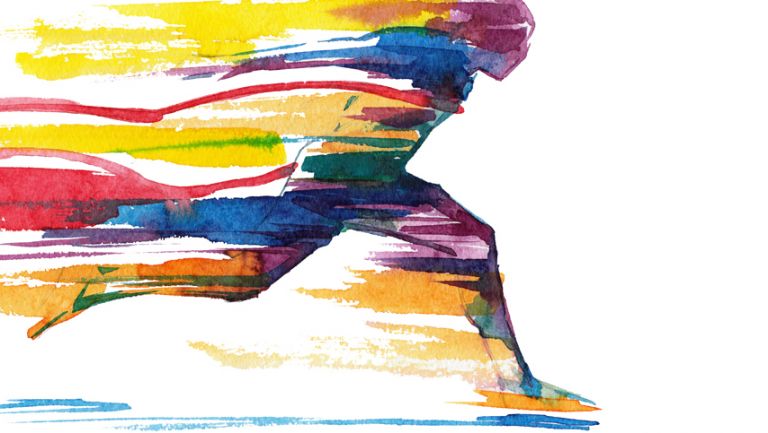Sign up for our monthly newsletter

Meet our new leaders: Dane Galpin, GM Sydney
Dane Galpin calls himself a green-thumb; he loves to see things grow. And for the newly appointed General Manager of ThinkPlace Sydney there is one idea he keeps returning to - tending and nurturing it from green shoots into something much bigger.
“I believe there is a lot the private sector can do to drive change for social good” he says, as we sit down to discuss his new role and the state of the Sydney market. “Every day I’m seeing companies and leaders who have come to this realisation and want to know how to take the next step.”
Hear from the rest of our leadership team: Sarah Patterson; Sarah Martin; Danny De Schutter; and Sky May.
TP: Congrats on the new job. What does it mean to be a GM at ThinkPlace?
DG: It’s a very exciting opportunity to be part of a new leadership team. We’ve got some pretty big ideas about how we can help organisations make positive impact. Having started at ThinkPlace when there were only 15 people and seen us grow to become a global company, it’s great to be leading a passionate team here in Sydney.
TP: Big ideas, huh? What is the direction that you’re keen to establish right from the start?
DG: Sydney is the centre for so much of corporate Australia. While ThinkPlace will always have high-level public sector collaboration as part of its DNA, what excites me right now is working with companies that are looking to create true sustainable impact.
TP: What do you mean by that?
DG: These are companies who are looking to take a fundamentally different approach to tackling societal challenges, applying both a social and business-impact lens and seeing those different lenses as complementary not competing.
It could be an Australian tech company addressing mental health prevention. It might be industries supporting displaced workers from tourism and hospitality to provide them with employment pathways. There are big ideas and big possibilities emerging everywhere.
In the face of a pandemic and recession we might have seen a retreat from this trend. Instead, I’m seeing that organisations who read this moment right and pursue both corporate success AND improving social and environmental conditions are the ones acting to secure their futures - even amongst the disruptive chaos of 2020.
Just one example. Recently, we’ve worked with insurers to create new offers that are both financially viable and also drive the reduction of carbon emissions and increase resilience in communities. They are going to be better for the world but also better for customers. Better for the bottom line.
ThinkPlace has always had strong connections across the public sector, we are now expanding our B2B and B2C networks. Our goal is to ensure that the best technological innovation, thought leadership and research analysis is being creatively applied to the most pressing challenges at scale.
TP: The core things we do: Co-design, program and service design, workshop facilitation… they aren’t going away. But how is the offering for clients in Sydney changing and developing? What’s emerging as important?
DG: I’ve always been fascinated by human behaviour, there’s an interesting balancing act between how we behave as individuals and as a society. What I love about the work we do is being able to consider both the macro system and the individual experience to create innovative solutions to some big challenges.
I believe the next big thing in the application of design is in how we design for large scale behaviour change. We’re really starting to push the boundaries by bringing together behavioural psychology and new technologies to shape and influence how we behave as individuals and as a society.
Drawing on my industrial design background, there are some interesting ways we can rapidly prototype and test behaviour change initiatives in a host of areas.
TP: Where can you see these approaches making a significant impact?
DG: There are a lot of sectors where we already have great experience and strong relationships and we want to keep building on those. A big one is jobs and employment, particularly as it relates to the economic recovery we need to see in Australia. Both the public and private sector have great opportunities to redefine the way they work together to address some big challenges we face.
There is something very powerful about bringing a passionate and determined group of changemakers together, immersing them in the problem with the people who experience it and not just creating a solution with the end user in mind, but creating it there and then on the ground, in real time. - Dane Galpin, GM Sydney
TP: And because of the challenges of Covid-19 there’s a newfound urgency, right?
DG: That’s putting it lightly. This is a space we need to act quickly and get some runs on the board, particularly in regional areas and for Aboriginal Australians. Right now we have an opportunity not just to respond to the pandemic but to challenge and rethink some of the systemic issues that have existed long before Covid.
Another big area for us is health, particularly mental health and disability. The pandemic has only amplified the need for improved support and services for all Australians. We’re exploring the use of existing and emerging digital technologies to both better understand people’s needs in this space, and also looking into how to use behavioural psychology to increase adherence to treatment plans and the use of medicines.
TP: You’ve mentioned behaviour change. What other capabilities do you want potential clients to know about? How can you help them in ways they might not expect?
DG: Data is a hugely important tool as we enter a period of transformational change. Identifying the right data, displaying it powerfully and using it creatively can empower organisations to analyse micro and macro trends. It can identity opportunities, help screen out noise and allow us to design change that is evidence-based, user-centred and far more likely to succeed.
TP: Complete this sentence: Collaborating with ThinkPlace designers is different because…
DG: We’re not afraid to tackle the problems others have not yet been able to solve, we actually enjoy it!
TP: Tell us three surprising things about yourself.
DG: I’m a bit of a green thumb. My plant collection is constantly growing and I’ve got a near perfect track record at keeping them alive.
After work you’ll find me doing Pilates.
I’m VERY pedantic about arranging things by colour, everything from the shirts in my wardrobe to the post it notes in the studio
Dane working on an ethnographic research project in India
TP: If you weren’t a ThinkPlace GM what would you love to be doing?
DG: Probably surfing a lot more! I’m really into furniture design and joinery so I’d probably be in a small workshop getting dirty building custom furniture.
TP: Tell us about a moment when you saw first-hand the impact that great design can make on a significant problem.
DG: One for me was some work we did in India. We were trying to understand how we could make healthy fortified snacks for young people that were both commercially viable and competitive against some of the world’s leading snack and confectionery brands.
A big challenge was that our target consumers were living in urban slum areas, they had very little (if any) disposable income and the areas they lived in were logistically challenging when it came to last mile distribution. It’s a space a lot of companies have explored but not many have been able to successfully crack.
TP: So what was different this time?
DG: The thing that made us different from those who had tried before was that we were a consortium of organisations, companies and individuals who had come together to collectively solve a nutrition challenge. There were many times we could have pulled the plug and decided there wasn’t a viable solution, but we were all determined to make a difference.
When I think back on that project, it was the moments we spent in people’s homes, in schools and walking the streets where those breakthrough moments happened. There is something very powerful about bringing a passionate and determined group of changemakers together, immersing them in the problem with the people who experience it and not just creating a solution with the end user in mind, but creating it there and then on the ground, in real time.







